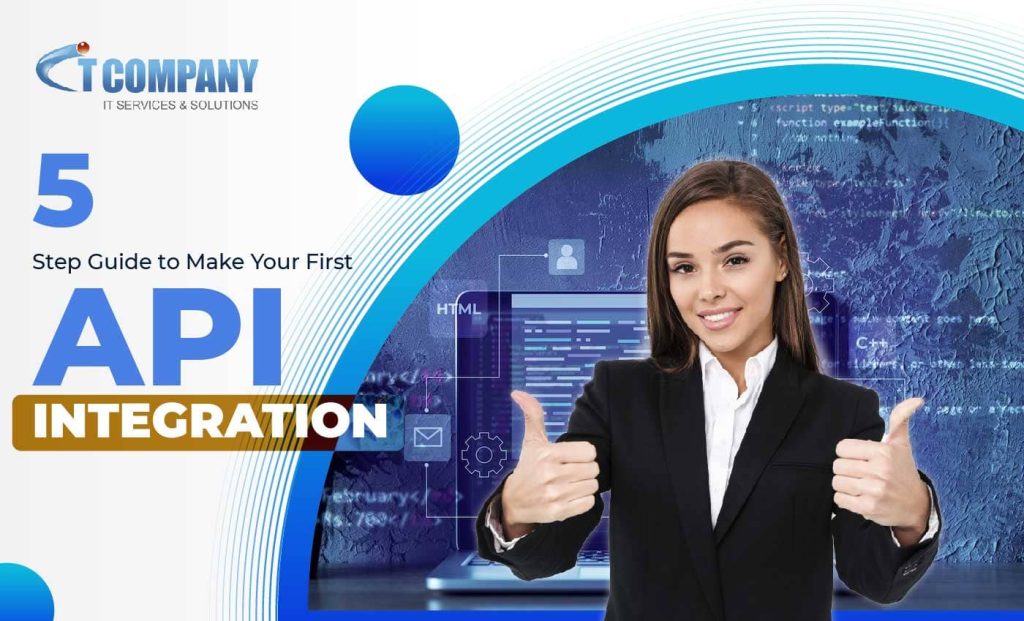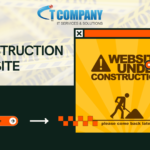
Table of Contents
ToggleWhat is API Integration and who does it?
The process of linking two or more apps or systems using APIs (Application Programming Interfaces) to exchange data and conduct actions is referred to as API Integration Developer. APIs are collections of protocols and standards that enable various software programs to connect with one another.
Two or more systems with APIs can interact in real-time utilizing such APIs, saving time and money and making information currency and data correctness significantly more trustworthy.
Assume your firm has a TMS (transportation management system) and mine has an ERP (enterprise resource planning) system, and these two systems require data communication.
4 Ways to Use API Integration:
Business ecosystems, APIs are quickly becoming a mainstay in most enterprise integration strategies. Here are just four of the countless ways your business can start looking at APIs to facilitate integration.
-
# 1 – APIs for Configuration, Administration, and Monitoring of Products:
This sort of API allows you to conduct every type of cloud administration that you can accomplish with an administrator GUI. You can operate the system “headless” and manage it without having to physically touch anything. REST APIs now provide access to all data management features. There are limited API features for managing translation or transformation, but this is by design because the transformation is headless, so the studio and the runtime are separated. In many aspects, although there are skills, there are also some holes to fill.
-
#2 – APIs to Upload and Download Files:
When looking at data transportation capabilities, you will often begin with numerous secure communications protocols. These protocols are diverse and are used for file-based integration. They include FTP, SFTP, AS2, and, in many cases, a secure gateway for person-to-system file transfers. To upload a file, you may utilize REST APIs, as well as supporting APIs that can be configured to programmatically upload and download files to and from the integration platform. These APIs are crucial to how a corporation may function inside the typical data transportation environment and allow diverse and adaptable file-based integration situations.
-
#3 – Using Tools to Connect Using Their APIs:
The third example concerns the APIs given by external systems as opposed to those provided in-house. Salesforce, which controls around 20% of the worldwide CRM industry, and NetSuite, a constantly strong brand in the ERP area, are two popular examples of core enterprise systems. In this scenario, Salesforce and NetSuite provide those APIs, which a corporation may use to do application-based cloud integration.
-
#4 – Using Cleo Tools to Provide APIs for use by Other Systems:
The fourth and final example is the inverse of the previous one, in which an organization would use the system’s APIs. The enterprise exposes the APIs for others to use in this section. For example, offering an API to order things. Someone at Salesforce wants someone to be able to enter their environment and do operations using their APIs. So, how do they manage it?
This is accomplished by exposing an API to the outside world, which people outside of the firm may call and access. If someone wanted to give an API for ordering a product or checking their order statement, they could utilize integration technology to develop that API and then let users to call in and try to figure out what was going on.

Why Do You Need API Integration?
Integrating legacy applications
More than half of businesses struggle with legacy application integration, a challenge that is only becoming worse as cloud-based apps proliferate. Many firms have made significant investments in legacy systems and may not want to toss the baby out with the bathwater, but they do want cloud connectivity.
Fortunately, firms may speed smooth end-to-end interfaces between their multi-enterprise ecosystem and their internal systems using today’s latest integration platforms. Furthermore, by incorporating APIs to supplement your EDI onboarding procedures, you may automate them and bring on new ecosystem trade partners more quickly. These IT modernization procedures will improve your integration skills, allowing you to launch B2B eCommerce faster and assure the success of your company plan.
Revenue loss due to integration issues
We all know that time is money, and organizations that adhere to old, manual procedures will inevitably lag behind financially in today’s digital market.
According to the poll, 66% of organizations lose up to $500,000 per year as a result of inadequate integration, with 10% losing more than $1 million per year.
Digitalization through API integration allows everything engaged in your integrations to move quicker, which eventually implies money goes faster as well.
Integrating new applications
With a contemporary integration platform, your company may enable any communication protocol whenever it needs it, with no additional fees. Such a platform makes use of pre-configured connectors and templates, allowing you to create quick and effective application connections. With API integration, for example, information in a critical database may be shared with your other internal systems, enhancing the value of that data across many teams. Externally, your organization might make its APIs available to customers and partners so that selected, mutually useful data can be shared effortlessly and in real-time.
Additional Benefits of API Integration
As you can see, API integration gives several useful benefits to your whole organization above.
Better partnerships were discussed before. And nothing is more critical these days than continuously providing a customer experience. In fact, customer experience is more important than income which can you assure happy, repeat customers. They have numerous options, and devotion is frequently transitory.
Integration has long been one of the most difficult, specialized activities in IT. APIs facilitate integration by facilitating connections, data transportation, and data transformation. Manually doing activities is inconvenient and time-consuming. Routine task automation with API integration is a sure-fire technique to make your life simpler.
Ideally, your automated API integrations should appear like this Cleo Integration Cloud platform screenshot. The interaction below shows Shopify eCommerce data on the left being automatically transformed and linked to be ingested into the Netsuite ERP on the right.

How Leading Businesses are Growing API-based Integrations
So, what is the true value of utilizing a contemporary API-based integration platform? In technical terms, it provides three important skills that your integration strategy could not have previously benefited from.
For starters, you can do API integration on a single platform, reducing the requirement for integration solutions. Secondly, it allows you direct control over your most key revenue-generating end-to-end business processes. Finally, you have a decision as to how such a platform would be best implemented in your specific situation.
As the global leader in ecosystem integration technology. IT Company is always listening to its clients and developing new features to enhance our platform. ITCompany Integration Cloud also allows API use cases like real-time batch processing. API Integration Developer equivalence for EDI to deliver more agile interactions with members of your business ecosystem.





